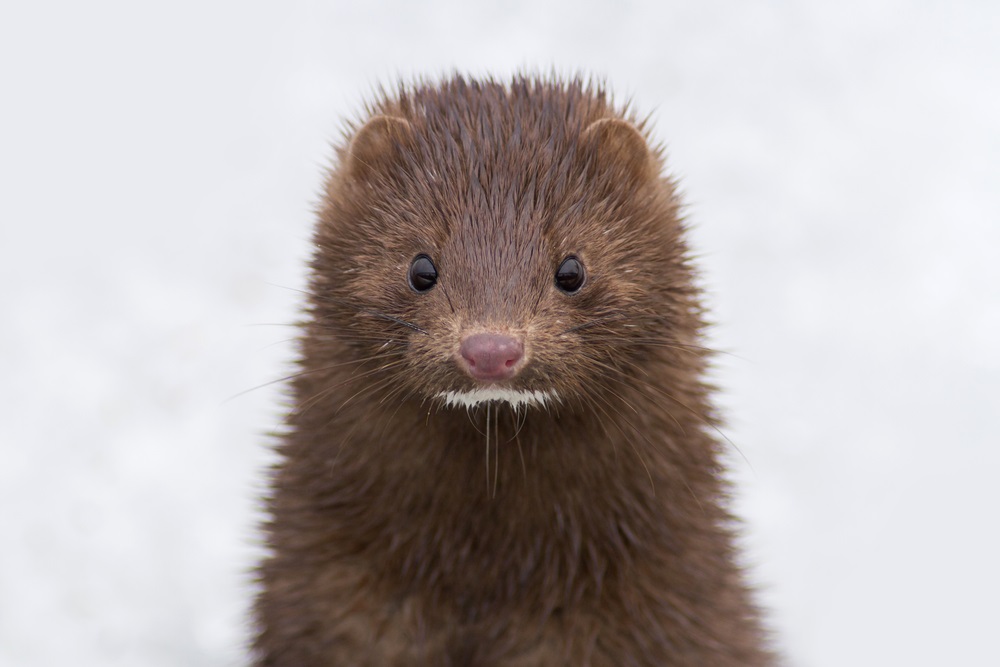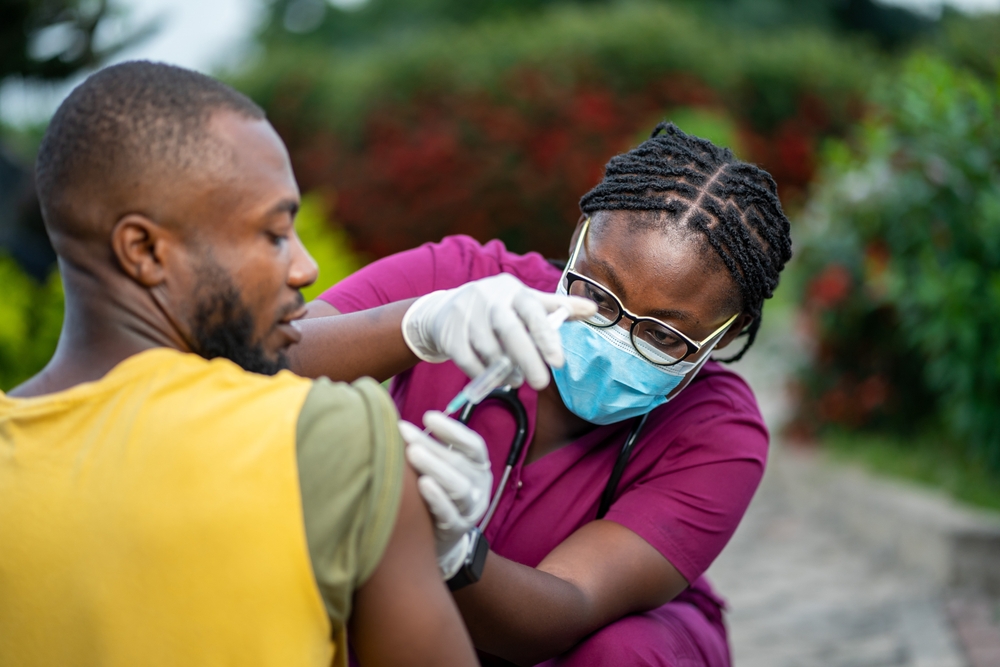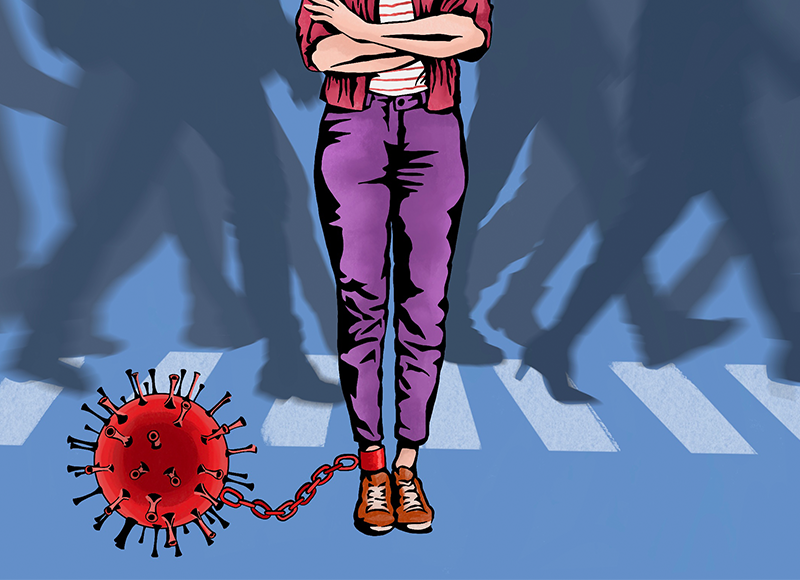This is the conclusion of a study conducted by Wageningen Bioveterinary Research, Utrecht University and Erasmus University. The virus was originally introduced by humans, spread among the animals and then returned to humans. Since the start of the outbreak, at least 66 mink farm owners, employees of family members were tested positive. ‘It is, however, unclear what portion of this group contracted the virus directly from minks’, says virologist Wim van der Poel, research manager Emerging and Zoonotic Viruses at Wageningen Bioveterinary Research.
Link not clear
Meanwhile, strict preventive measures are being enforced, such as extra hygiene measures, and a bar on traffic of humans and goods between businesses. ‘The virus continues to spread notwithstanding’, Van der Poel states. Some fifty mink farms are infected. ‘We have identified five different virus clusters. Two clusters contain only a single virus variant, and the newly infected businesses all pertain to the remaining three clusters. This implies there is a link between the infected farms. We just haven’t found that link yet.’
Sables, birds and bats
The researchers exclude dogs and cats as the culprits. ‘We now want to investigate wildlife such as bats and sables, and perhaps even birds, to discover whether they might be carrying the virus from one farm to the next.’

 Photo: Shutterstock
Photo: Shutterstock 

